Whale behavior has long fascinated scientists and intrigued the public, especially when these majestic creatures defy expectations. From unexpected acts of intelligence to social behaviors that seem almost human, whales continue to surprise us with their complexity. This list explores 14 moments when whale behavior left scientists scratching their heads and rethinking what they know about these captivating marine mammals.
1. Grieving Their Dead
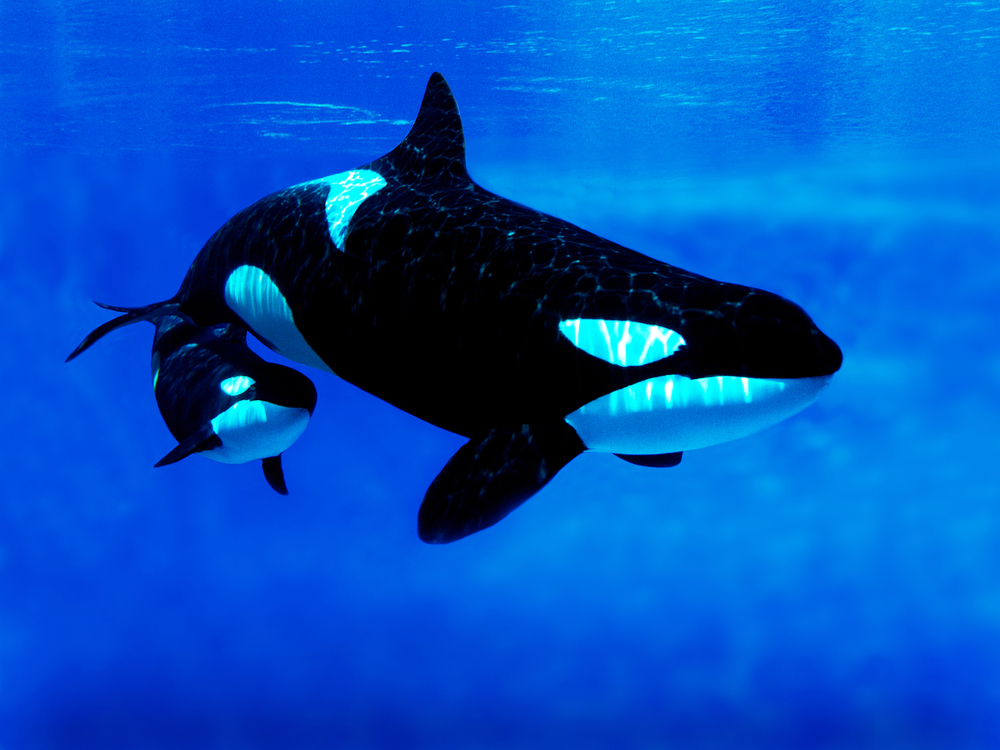
You might envision whales as stoic giants of the sea, but their emotional depth often mirrors our own. In 2018, researchers observed a heartbreaking scene involving an orca named Tahlequah, who carried her dead calf for 17 days. This display of mourning challenged scientists to reconsider whale emotions, suggesting that they experience grief in ways eerily similar to humans. It made you wonder: How much do we really know about the inner lives of these creatures?
According to a study published in Marine Mammal Science, such maternal displays are not isolated incidents but part of a broader pattern of grieving behavior in cetaceans. Researchers noted that these actions could indicate a complex social structure and emotional capacity. This revelation has sparked a debate about animal consciousness and the depth of cetacean emotions, leading to further studies into their social dynamics.
2. Protecting Other Species
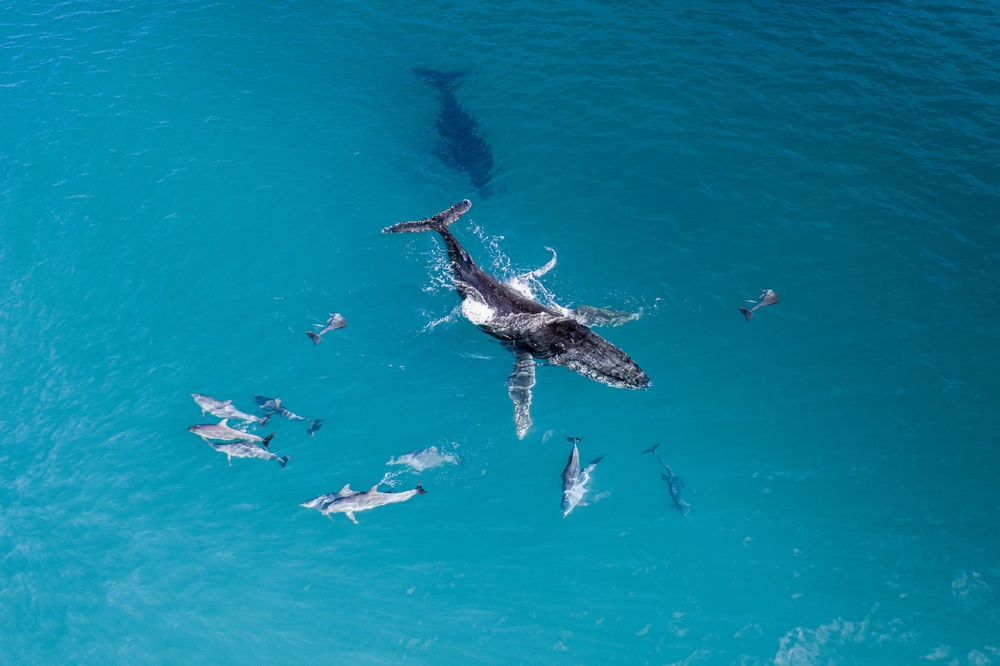
If you thought altruism was just a human trait, think again. Humpback whales have been seen protecting other species from orca attacks. One recorded instance showed a humpback intervening to save a seal, an act devoid of direct benefit to the whale. Such behavior is both perplexing and endearing, revealing a level of empathy that’s not typically associated with non-human species.
This unexpected behavior has sparked curiosity about the motivations behind such actions. Are these whales genuinely empathetic, or is there another explanation, such as mistaken identity? While scientists continue to explore these questions, this protective behavior has added another layer of intrigue to our understanding of whale society. It’s a reminder of how little we know about the complex and possibly compassionate world of marine life.
3. Utilizing Bubble-Net Feeding
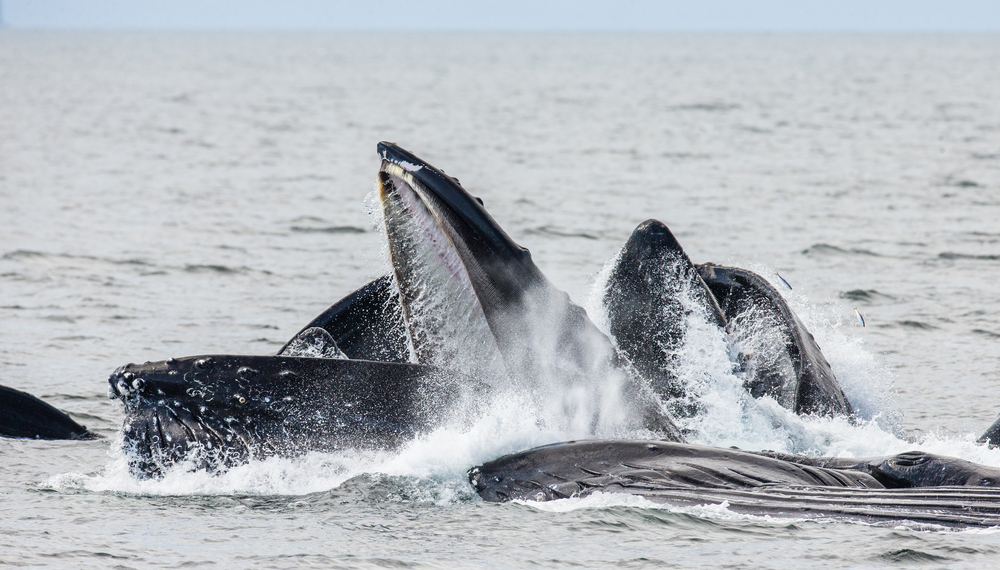
Imagine a sophisticated hunting technique that involves teamwork, precision, and timing. That’s bubble-net feeding, a method where humpback whales create a spiraling net of bubbles to trap fish. This technique requires intricate coordination, showcasing the intelligence and cooperation among these marine giants. Observing this behavior is like watching an underwater ballet, where every move has purpose and grace.
Dr. Fred Sharpe, a leading researcher in humpback whale behavior, has documented the intricacies of bubble-net feeding. His studies reveal the high level of communication required among the whales to execute this complex hunting strategy. The fact that such a method has been perfected over generations highlights the cognitive prowess of these whales, prompting comparisons to human collaborative hunting techniques.
4. Singing In Unison
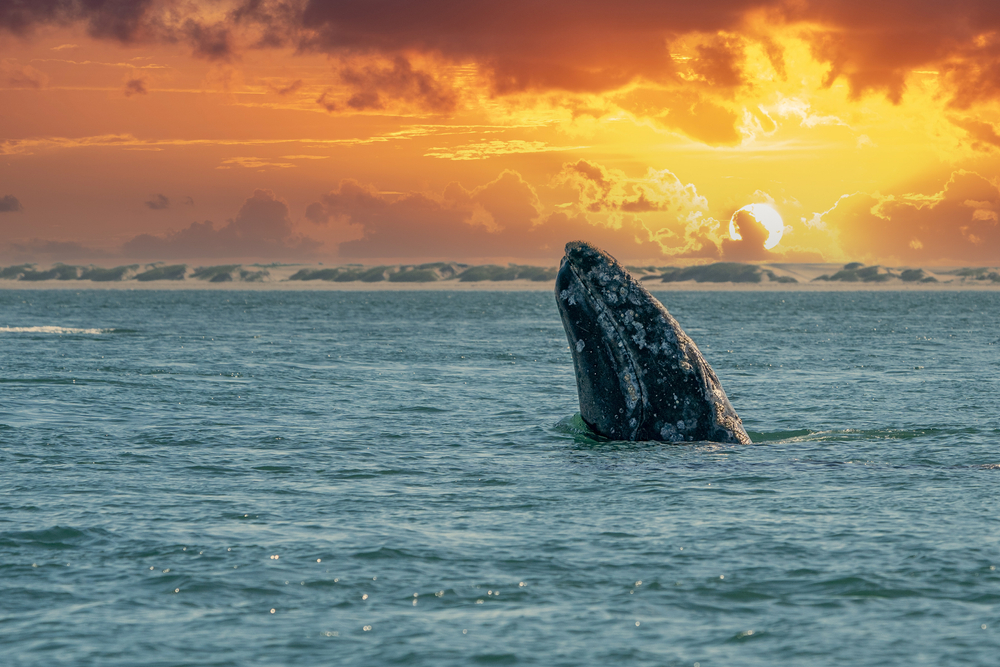
Blue whales are the largest animals on Earth, yet their songs often go unnoticed beneath the ocean’s surface. However, when scientists deciphered these songs, they discovered an unexpected pattern: blue whales singing in unison across vast distances. This synchronized singing is thought to play a role in navigation, mating, or even establishing territorial boundaries. As you listen to these haunting melodies, it’s striking how much communication occurs in the depths where we cannot hear.
The idea of such coordinated communication challenges our assumptions about whale social structures. Are these songs a form of long-distance conversation or perhaps a shared cultural practice? While the exact purpose of these synchronized songs remains a mystery, they provide a glimpse into the sophisticated social lives of whales. It’s an auditory puzzle that continues to captivate researchers and enhance our appreciation of the world’s largest creatures.
5. Stranding Themselves On The Beach
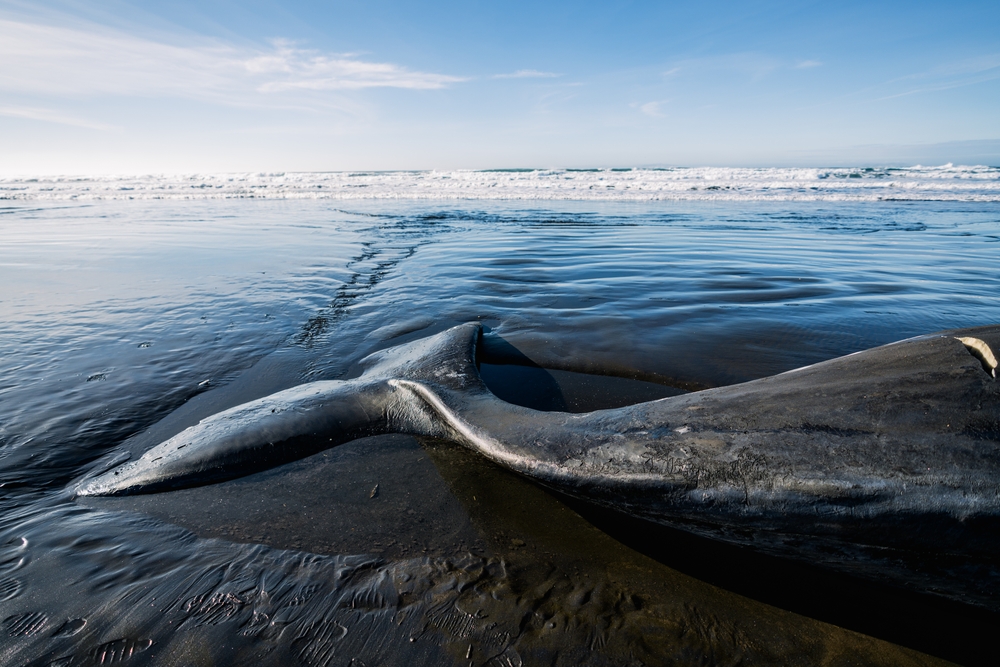
Whale strandings are tragic events that have puzzled scientists for years. In some cases, entire pods of whales beach themselves, leading to heartbreaking scenes and challenging rescue efforts. Researchers have proposed multiple theories, ranging from navigational errors to environmental changes and even diseases. The phenomenon remains one of the ocean’s most baffling mysteries, leaving you to question what drives such seemingly self-destructive behavior.
According to The Whale and Dolphin Conservation Society, strandings could be linked to multiple factors, including human activities like sonar interference. Studies suggest that sound pollution might disorient whales, leading to tragic consequences. This possibility has pushed for greater awareness and changes in naval practices, highlighting the delicate balance between technology and marine life. While the exact reasons for strandings are still unclear, they underscore the urgent need for ocean conservation.
6. Engaging In Complex Click Language
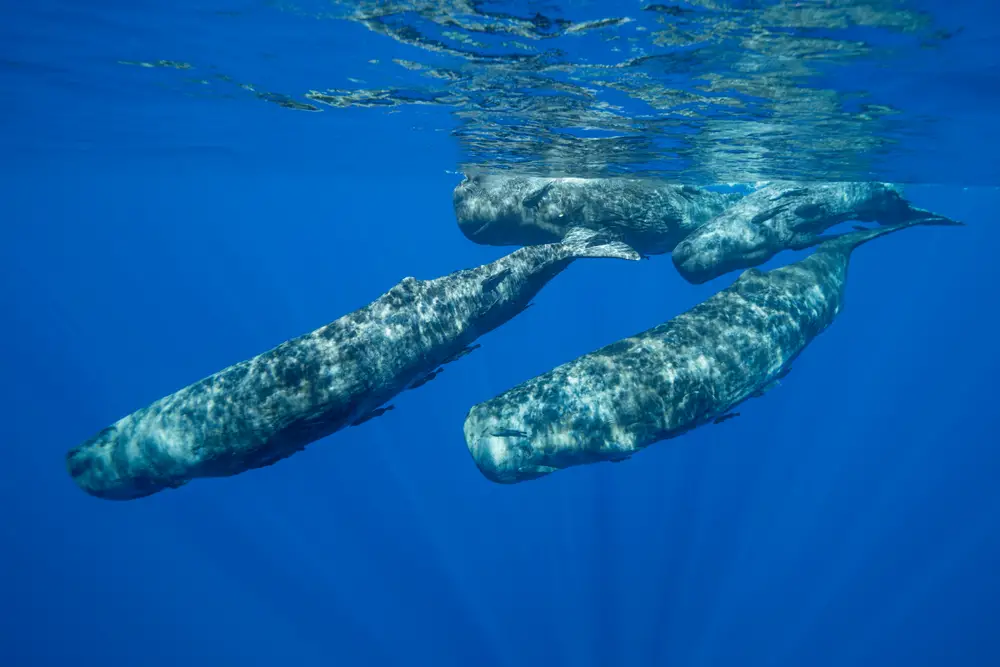
Sperm whales communicate using a series of clicks that resemble Morse code, known as “codas.” These codas form a complex language that scientists are only beginning to decipher. Each coda pattern appears to serve different functions, from social bonding to navigation and hunting. It’s a sophisticated form of communication that suggests sperm whales possess a high level of intelligence and social organization.
The discovery of these codas challenges our understanding of non-human communication. Researchers are working to translate these patterns, hoping to unlock the secrets of whale “language.” This endeavor not only enriches our knowledge of marine life but also raises questions about the nature of communication itself. The more we learn about sperm whales, the more they seem to blur the line between animal and human intelligence.
7. Teaming Up For Defense
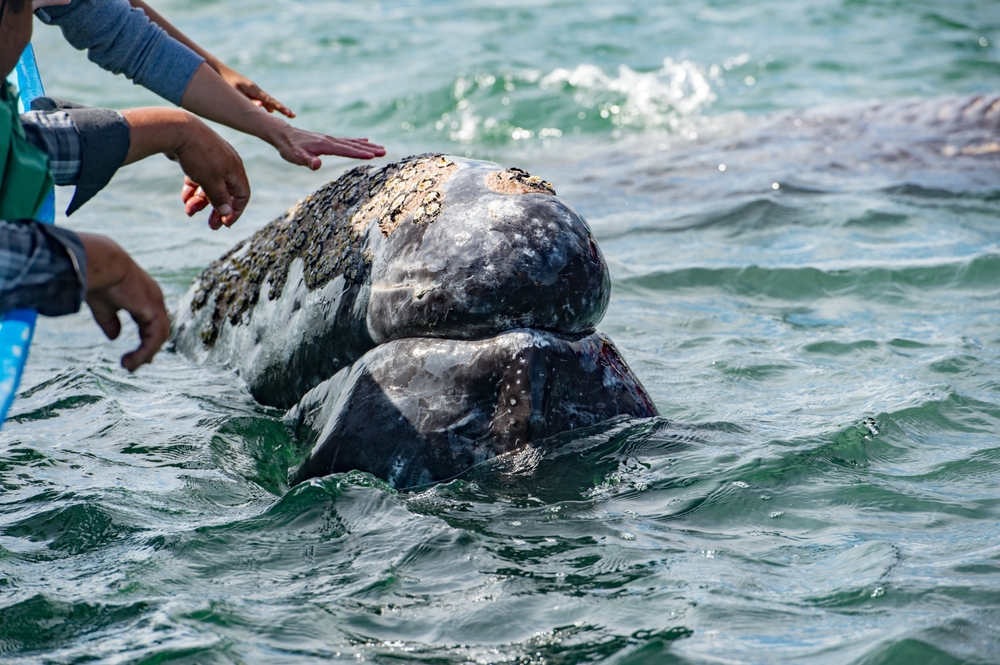
While you might think of whales as solitary giants, some species form alliances for protection against predators. For example, when orcas threaten, whales like the gray whale have been observed forming defensive circles. This behavior, known as “marguerite formation,” showcases their ability to work together for a common goal. Such teamwork indicates a level of social intelligence and cooperation that’s both surprising and admirable.
Dr. Joyce Poole, an expert in elephant behavior, has noted similar defense strategies in both elephants and whales, suggesting a convergence in social evolution. This cross-species comparison highlights the sophisticated social structures that develop in response to threats. The ability to form alliances not only increases survival chances but also reveals a deeper understanding of social dynamics among these creatures. It’s a fascinating glimpse into the shared strategies of Earth’s most intelligent animals.
8. Changing Their Tune
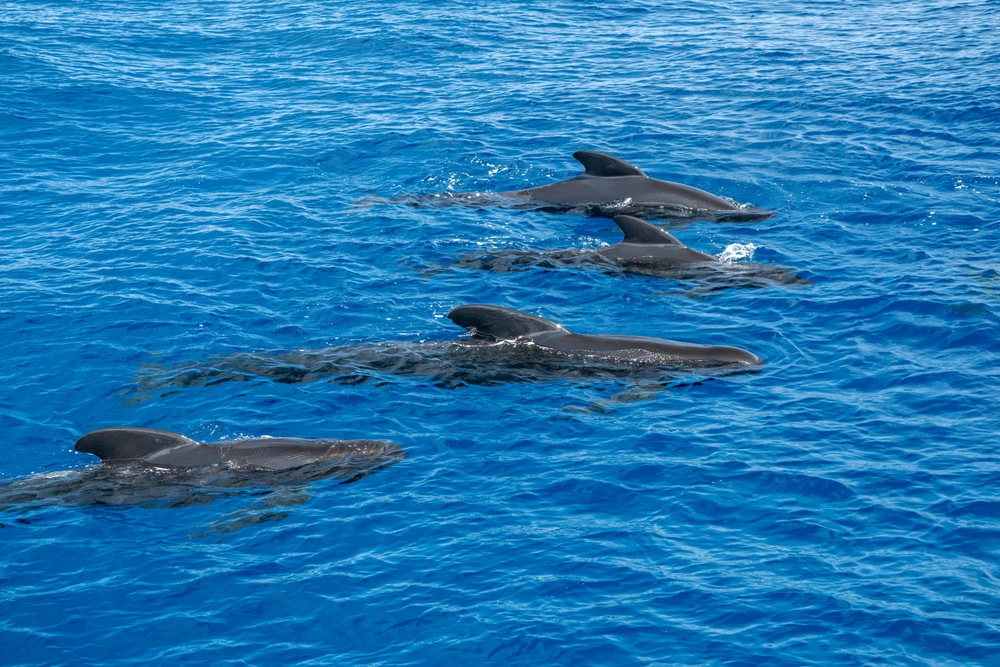
Whale songs are not static; they evolve, much like human music genres. Researchers have found that whale songs change over time, with new patterns emerging and spreading across populations. This phenomenon indicates that whale cultures might exist, with traditions and innovations passed down through generations. It’s a discovery that adds a cultural dimension to our understanding of these marine giants.
The fluidity of whale song patterns raises intriguing questions about their purpose. Do environmental factors drive these changes, or do they reflect social shifts within whale communities? As scientists continue to study these evolving compositions, they gain insights into the cultural lives of whales. It’s a reminder that culture isn’t exclusive to humans and that the ocean’s depths hold secrets we are only beginning to uncover.
9. Engaging In Long-Distance Migrations
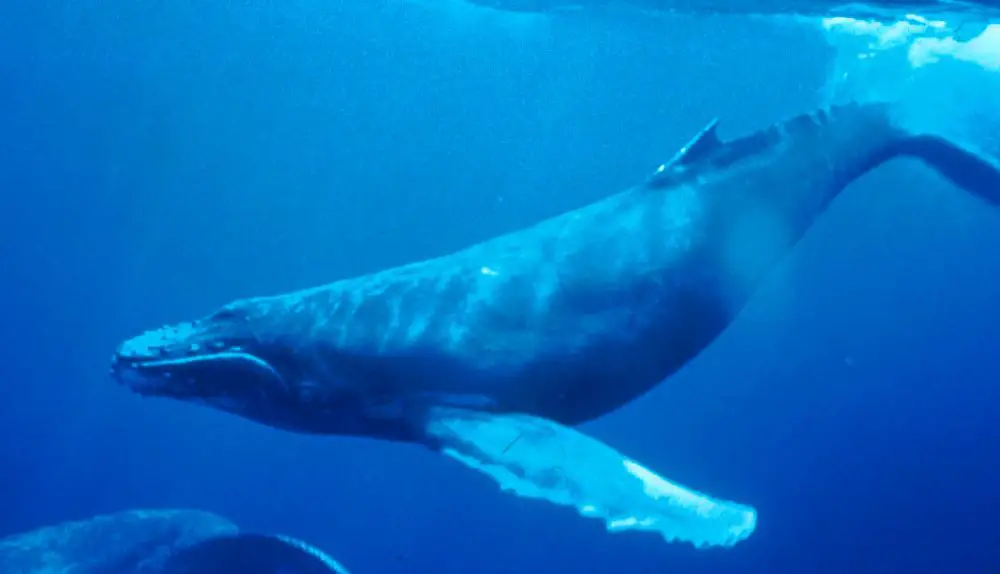
Gray whales embark on one of the longest migrations of any mammal, traveling thousands of miles between feeding and breeding grounds. This incredible journey takes them from the icy waters of the Arctic to the warm lagoons of Baja California. Along the way, they face numerous challenges, yet their navigation skills remain precise and reliable. It’s a testament to their resilience and adaptability in an ever-changing environment.
Understanding how gray whales navigate these vast distances has been a focus for researchers. They believe that whales use a combination of environmental cues and an internal map, possibly guided by the Earth’s magnetic field. This extraordinary migratory behavior highlights the whales’ connection to their environment and their ability to adapt to its fluctuations. Such insights emphasize the importance of preserving migratory routes and habitats for these remarkable travelers.
10. Using Tools To Problem-Solve
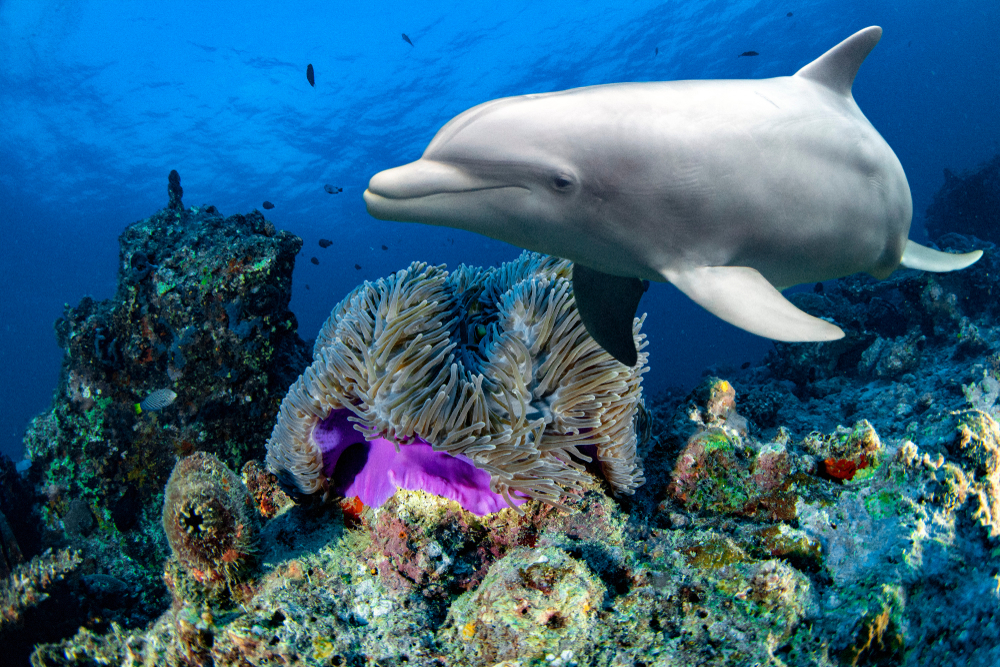
When you think of tool use, whales might not come to mind, but some have been observed using tools in the wild. For instance, bottlenose dolphins, a type of whale, have been seen using marine sponges to protect their snouts while foraging on the seafloor. This behavior demonstrates a level of problem-solving and innovation that parallels primate tool use. It’s a stark reminder of the cognitive abilities shared by diverse animal groups.
The finding challenges preconceived notions about intelligence and innovation being exclusive to land animals. It also raises questions about the evolutionary pressures that drive such behaviors in marine environments. While tool use is relatively rare among cetaceans, its presence underscores the cognitive capabilities of these creatures. By studying these behaviors, scientists hope to gain a deeper understanding of animal intelligence and its various manifestations.
11. Playing With Humans
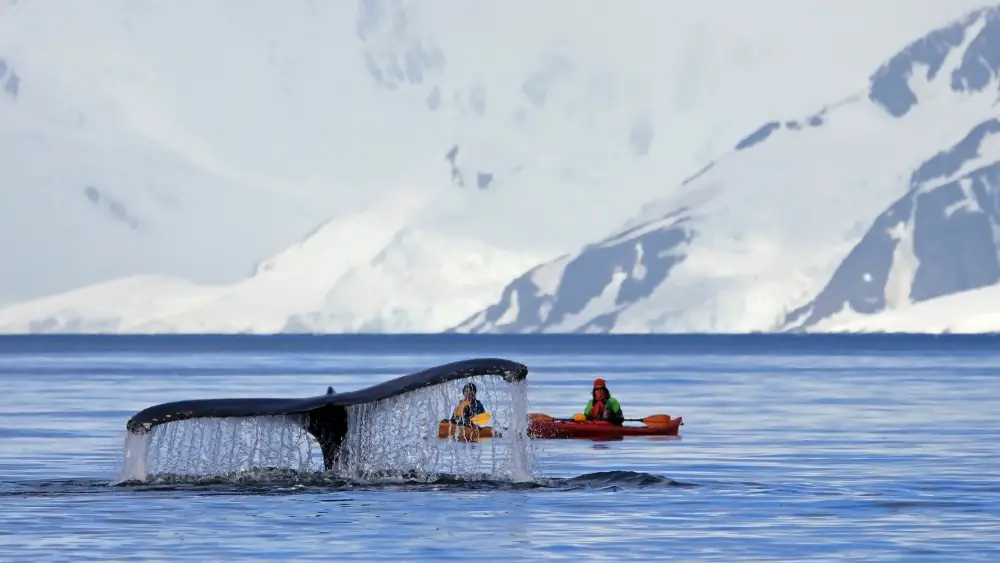
In some areas, whales have been known to engage in playful interactions with humans, challenging the idea that they are simply passive creatures. Stories abound of whales gently nudging kayaks or playfully breaching near boats, displaying a curiosity and playfulness akin to that of dolphins. Such interactions offer a glimpse into the complex social lives of whales and their willingness to engage with the unfamiliar. It’s a reminder of the potential for connection between humans and these marine giants.
These playful encounters raise questions about the nature of interspecies communication and understanding. Are whales merely curious, or is there a deeper, more reciprocal interaction occurring? While the answers remain elusive, these experiences foster a greater appreciation for marine life and the intelligence that lies beneath the waves. They also underscore the importance of respectful and mindful interactions with wildlife to preserve these unique moments.
12. Adapting To Urban Environments
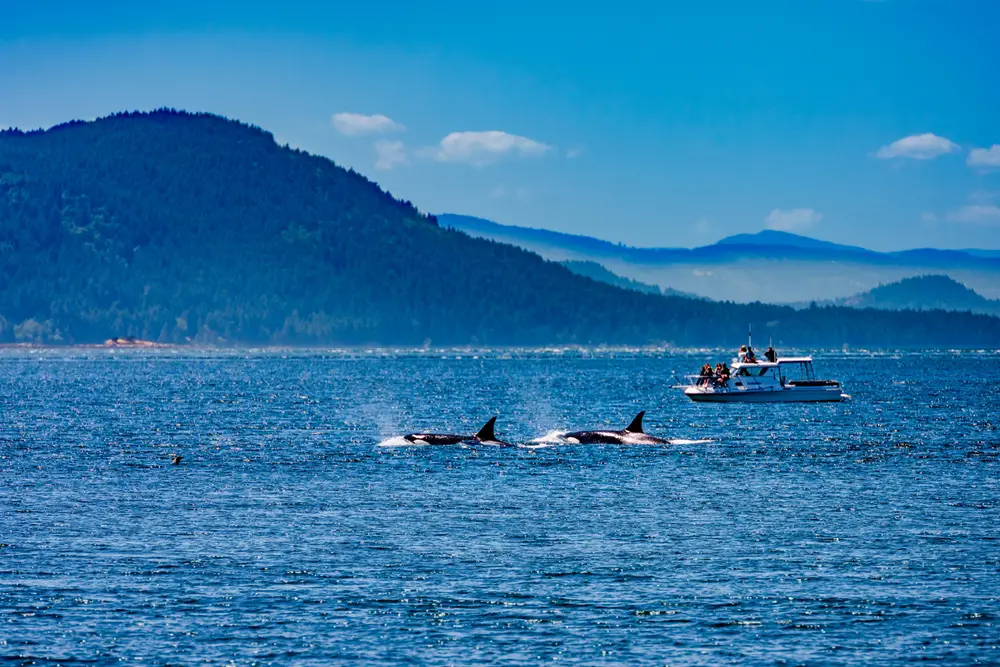
As urbanization encroaches on natural habitats, some whale species are adapting in unexpected ways. In areas where noise pollution is rampant, whales have been observed altering their communication patterns. They’re adjusting the frequency and volume of their calls to be heard over human-generated noise, showcasing their adaptability in the face of environmental change. It’s a testament to their resilience and ability to thrive in a rapidly changing world.
These adaptations highlight the impact of human activity on marine life and the need for sustainable practices. Scientists are studying these changes to better understand the long-term effects on whale populations. The ability to adapt to urban environments may offer hope for the future, but it also underscores the need for conservation efforts. As we continue to shape the planet, it’s crucial to consider the voices of those who share it with us.
13. Establishing Social Hierarchies
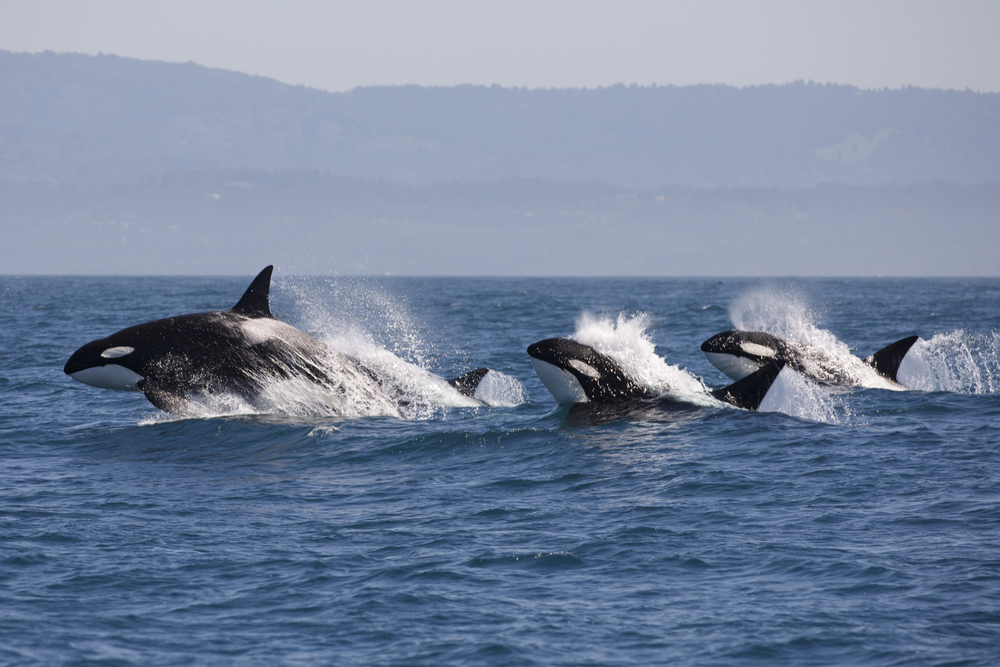
Orcas, or killer whales, are renowned for their sophisticated social structures and tight-knit family units. Within these groups, known as pods, orcas exhibit complex hierarchies and role differentiation. These social systems are crucial for survival, as they dictate hunting strategies, care for young, and social interactions. The depth of these relationships offers a fascinating parallel to human social dynamics.
Researchers have observed these hierarchies in action, noting the leadership roles played by matriarchs. These older, experienced females often guide pods, sharing knowledge crucial for survival. This social structure is not only vital for everyday life but also for passing on cultural practices. Understanding these hierarchies provides insight into the intricate social world of orcas, highlighting the evolutionary benefits of strong familial ties.
14. Flexing Breaching Skills
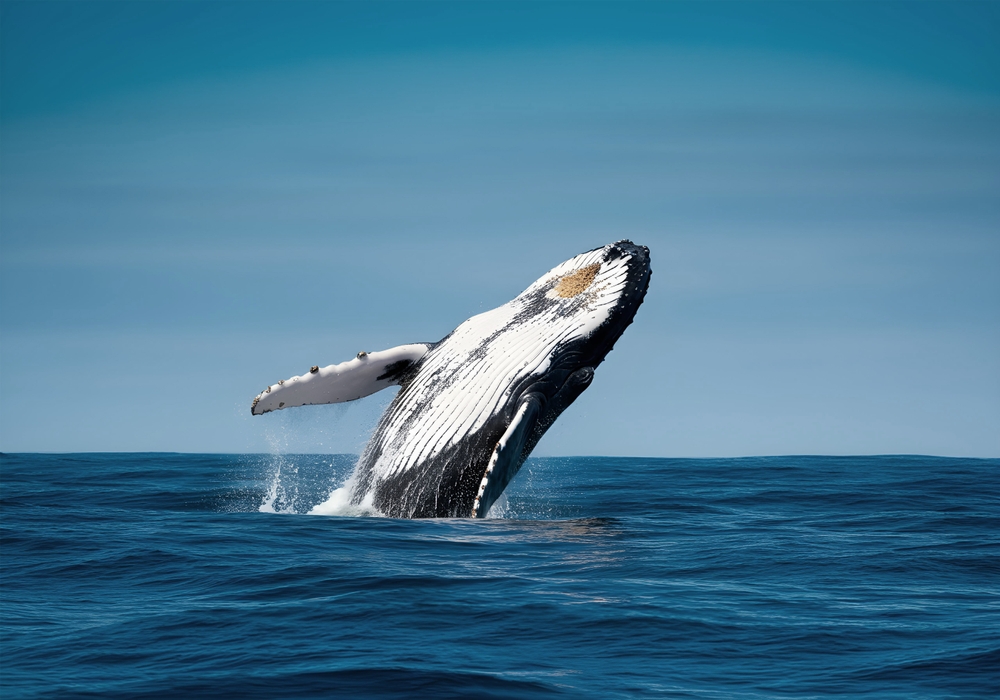
Breaching is one of the most spectacular behaviors exhibited by whales, yet its exact purpose remains a mystery. This dramatic leap and splash, often repeated several times, could serve multiple functions, from communication and play to parasite removal. The sight of a breaching whale is awe-inspiring, reminding us of the sheer power and agility of these giants. It’s a behavior that continues to captivate both scientists and the public alike.
Despite years of observation, researchers are still piecing together the reasons behind breaching. Some studies suggest it may be a form of long-distance communication, while others propose it could be a way to impress potential mates. Whatever the cause, breaching exemplifies the enigmatic nature of whales and their behaviors. It serves as a reminder of the ocean’s mysteries, urging us to keep exploring and learning from these majestic creatures.
